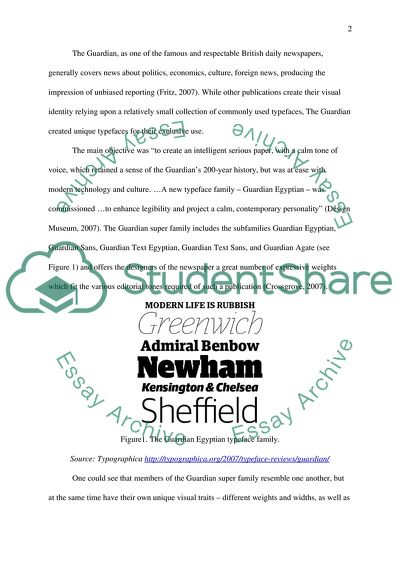Cite this document
(The Guardian Typography Case Study Example | Topics and Well Written Essays - 3000 words, n.d.)
The Guardian Typography Case Study Example | Topics and Well Written Essays - 3000 words. Retrieved from https://studentshare.org/media/1735548-corporate-identity-and-visual-culture
The Guardian Typography Case Study Example | Topics and Well Written Essays - 3000 words. Retrieved from https://studentshare.org/media/1735548-corporate-identity-and-visual-culture
(The Guardian Typography Case Study Example | Topics and Well Written Essays - 3000 Words)
The Guardian Typography Case Study Example | Topics and Well Written Essays - 3000 Words. https://studentshare.org/media/1735548-corporate-identity-and-visual-culture.
The Guardian Typography Case Study Example | Topics and Well Written Essays - 3000 Words. https://studentshare.org/media/1735548-corporate-identity-and-visual-culture.
“The Guardian Typography Case Study Example | Topics and Well Written Essays - 3000 Words”, n.d. https://studentshare.org/media/1735548-corporate-identity-and-visual-culture.


